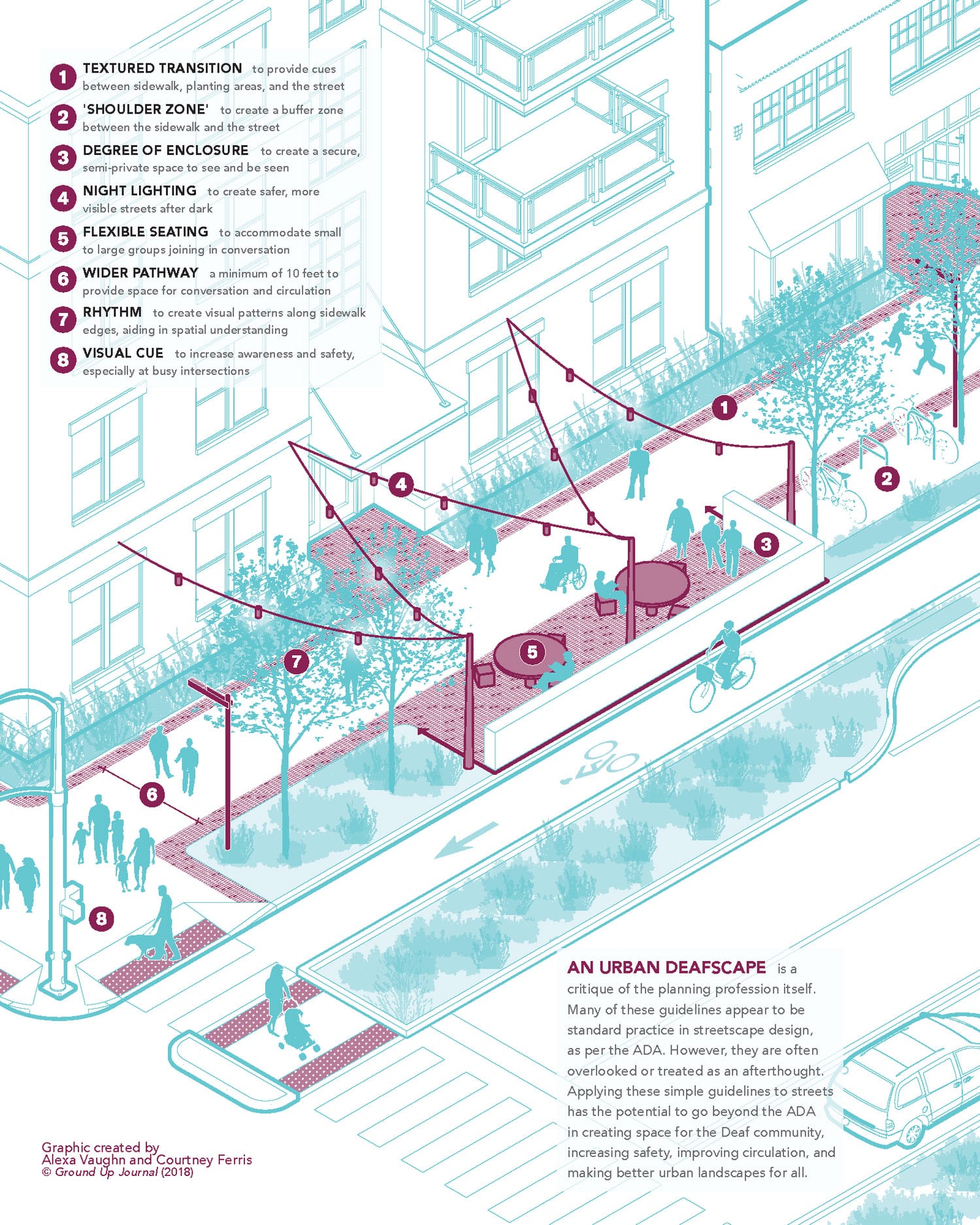BEST PRACTICES
DESIGNING EQUITABLY
Author: Delaney Q. Zubrick
There is no one-size-fits-all solution to designing equitably, nor should a designer find themselves applying the same methods and means from project to project without careful revision. The way in which landscape architects can be advocates for people, the environment, and the future of the profession stems from how equitable design is integrated and then engrained in the design firm’s standard practices.
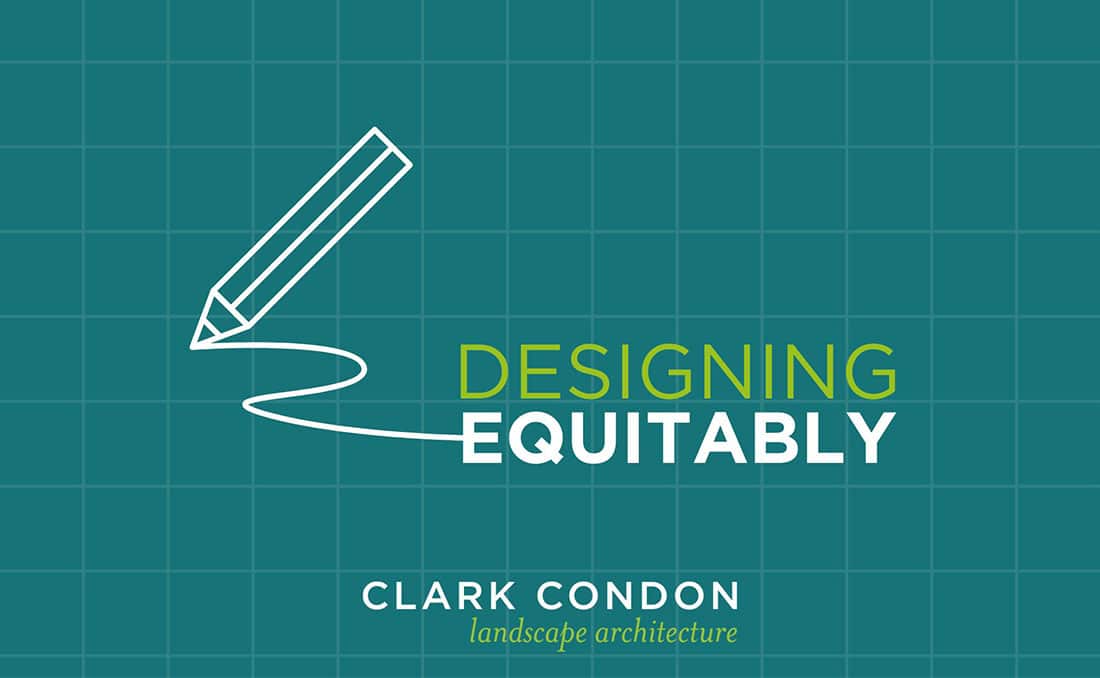
Overview
Equity is “an ongoing process of assessing needs, correcting historical inequalities, and creating outcomes by members of all social identity groups” according to the American Psychological Association. Thus, solving the right problem is the backbone of designing equitably, and the idea of intentional preparation for every project helps direct designers to applicable resources, such as maps, scientific studies, or local community liaisons. Without thorough research into site-specific data, a regular reevaluation of direction to support the project’s goal, and an equitable design implementation plan, the ability to design and execute an appropriate, authentic plan is impossible.
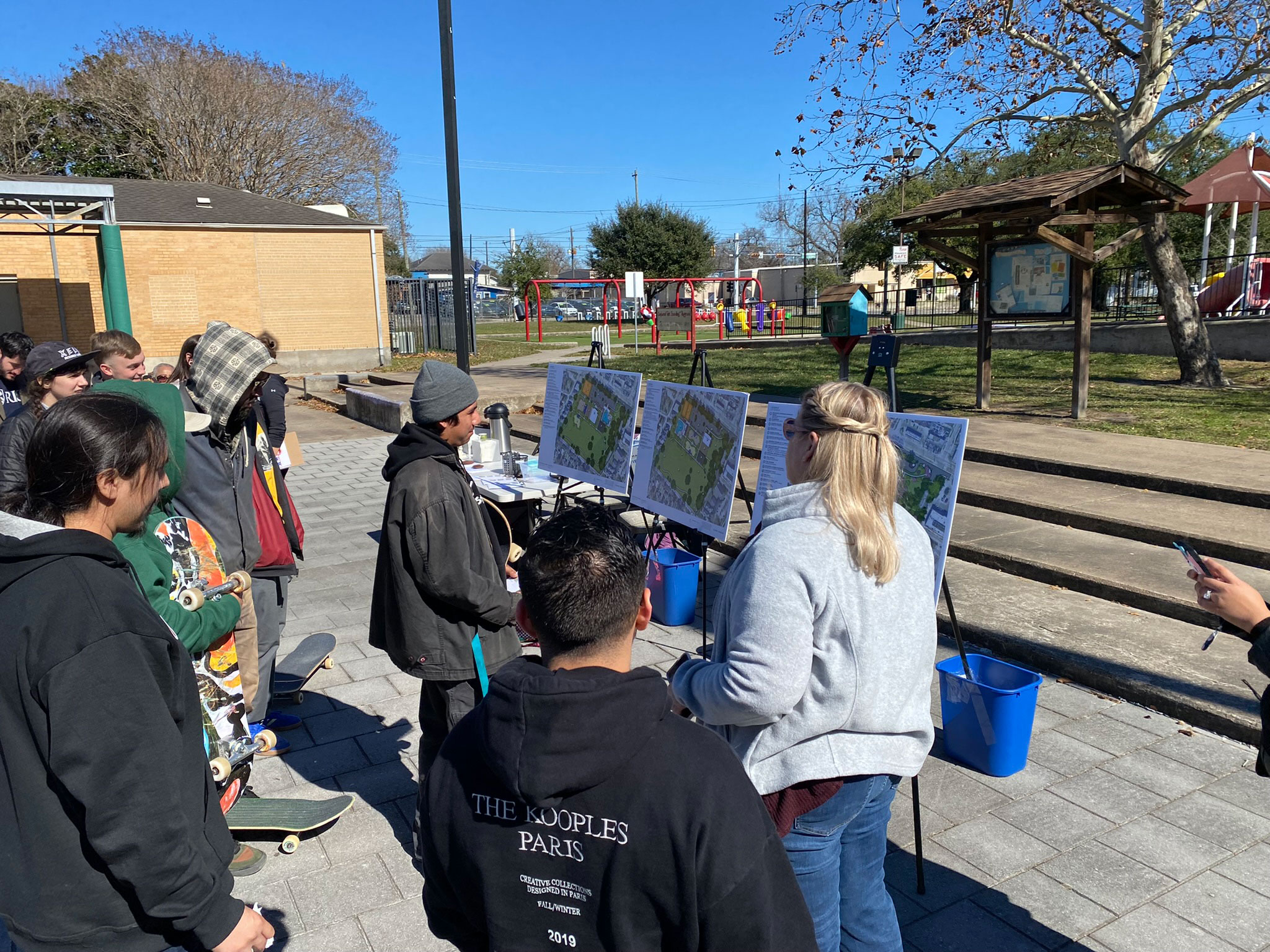
RESEARCH & DATA GATHERINIG
The amount of data located within one square mile of a city, like demographic, environmental, and historical data, can easily shift the initial design direction in a way that had not previously been considered. However, not every piece of information is applicable to every project, and it is up to the design team to determine what is vital to integrate into the equitable design guidelines. Programs and references like Geographic Information System (GIS), the Climate and Economic Justice Screening Tool, local community leaders, and webinars are invaluable to understanding complex issues and relationships that benefit the community and the success of a landscape architectural design that may not be apparent at initial visioning.
Without delving into the historic and present site conditions, it is difficult to determine what a certain area is missing or what it has in excess. By using the Climate and Economic Justice Screening Tool, designers gain access to percentile categorizations based on impacts like climate change, health, and transportation organized by census tract. An initial understanding of the local community’s exposure to flood risk or asthma frequency while including demographics can tell a story that a stand-alone site plan is unable to convey. While this information helps gain insight into the background of an area, being able to interact with local community members transforms statistics on the screen into a person’s life experiences.
While technical and interactive research is crucial to gaining valuable information through data and communication, respectively, observational site visits serve as an additional resource for designers to immerse themself in the day-to-day uses of an existing site without influence or biases. For community members, surveys can be tedious, site plans can be difficult to understand, and verbal interactions can be intimidating. Being able to watch how people circulate through a site at a distance provides insight into where people actually want to go beyond the barrier of a sidewalk that may not take them there. Rigorous note-taking and careful attention are skills needed for observational site visits to be successful because it is more than just capturing the surface level aspects; it’s registering what’s surprising, challenging, and unique of the user’s actions that will allow for the most insight to be gained.
It is important to note that timing of these visits will provide different information. If the designer was curious about how children used playground equipment, holding the site visit on a Wednesday evening would provide nothing of significant value because the core user wouldn’t be in attendance. A Saturday morning would be more appropriate, in this instance, because children are out of school with their parents able to take them to the park with supervision. Observational site visits take more preparation than just going to the site of interest and bringing a notebook; they require keen awareness and thorough evaluations to apply the information for future design intent.
APPLICABILITY
Once there is detailed research gathered about the site, there are numerous ways to integrate equitable design into public spaces. Equitable design concerns situational contexts, such as people with physical impairments, intergenerational communities, socioeconomic circumstances, demographics, and environmental impacts. These overarching categories also include several subcategories that may require more specificity in design tactics as they pertain to a project. It is then the designer’s obligation to listen and find solutions to needs that are often neglected in a traditional “copy and paste” design methodology.
For example, there may be two people visiting a park: one person is deaf, and the other person has a neurocognitive impairment. Flexible furnishing options can benefit both people in different ways. The ability to easily move a chair against a wall can help someone with deafness feel safer, since they are able to see the entirety of their surroundings rather than worrying about what is happening behind them. If the park space feels overwhelming to someone with a neurocognitive impairment, there is the option to relocate the furniture to a quiet space.
If the designer has found through their research that there is a large population of people within their 20s-30s in the site of interest, designing for an elderly population would not be appropriate. Intergenerational design requires an approach that takes a range of needs into account, while also being able to connect the spaces cohesively. Playgrounds are places where parents and grandparents help their children and grandchildren navigate through new spaces, but they are only able to assist as much as the dimensions of the equipment will allow. Parents are more likely to assist side by side with their child, while grandparents may prefer to stay at ground level as changing surface heights may be too difficult to trek. Intergenerational design is the ability to provide options for the users that lead to moments of interaction and connection from one generation to another. Special attention to who the options are for is required for an effortless, subconscious flow of movement.
If a designer were to take all equitable design research and methods from a previous project and apply them all to another with no revision, there would be gaps and/or overdesigning based on the interests of community members, community make-up, and environmental conditions. Designers must ensure pointed revisions and updates are made to equitable design tactics, so relevance emanates from every detail.
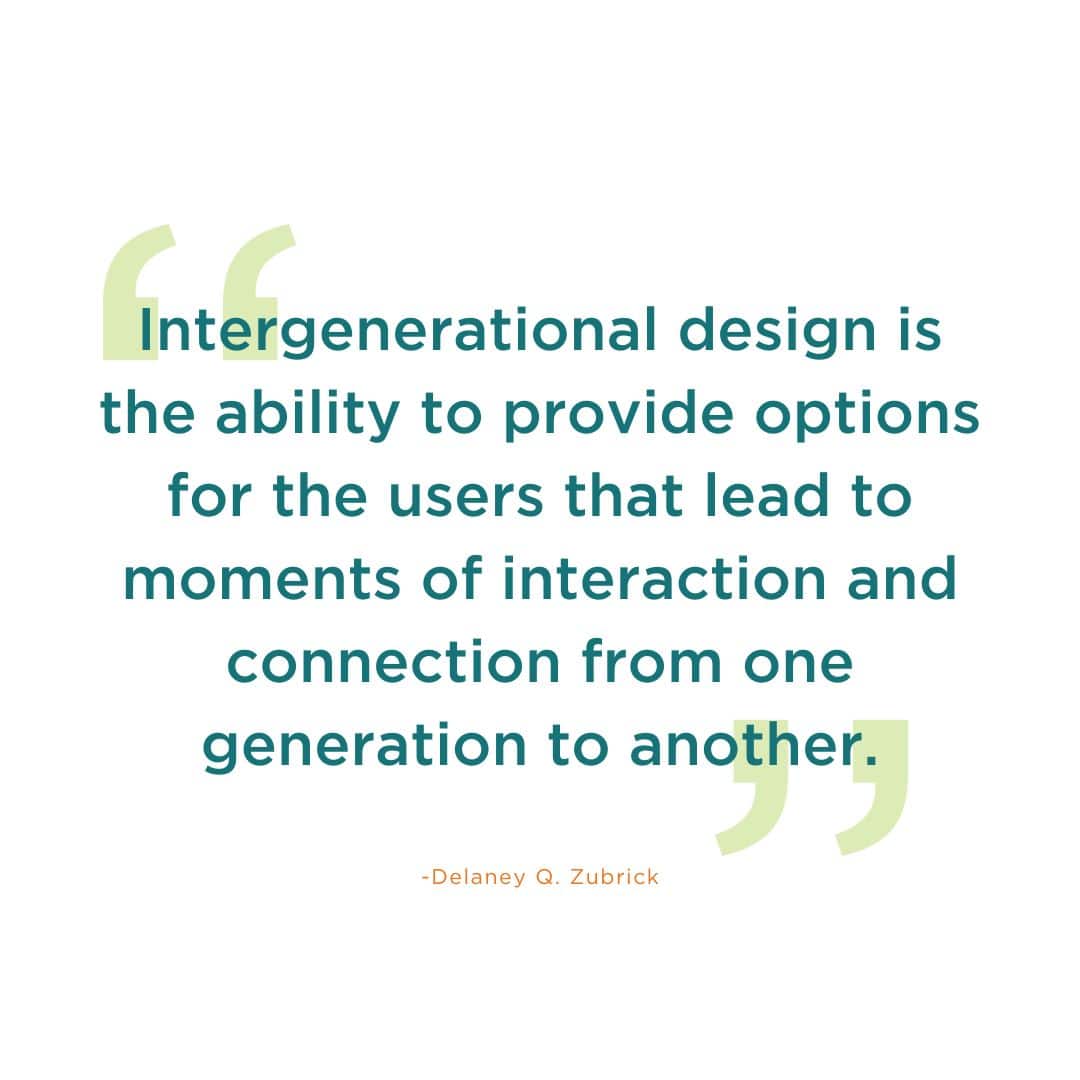
IMPLEMENTATION & INTEGRATION
Within Clark Condon, our Design Standards guide was the reference to understanding project timelines from conception to construction. This information is crucial to having a baseline understanding of forward progression within the design process. However, the goal was to expand upon this by adding two new specialties: Equitable Design Standards and Sustainable Design Standards. These are living documents that evolve alongside changing policy, research, and overall content value. The purpose of their development is to not only provide a resource instilling critical thinking and planning skills centered around navigating a nuanced design process but also to highlight the importance of health, safety, and welfare in the profession.
One of the supplementary pieces of the Equitable Design Standards is the Equitable Design Terminology guide. There are a lot of nuances when it comes to language and its impact versus its intention, especially centered around equity. It’s essential to have a universal understanding of how words are used and applied through context to avoid discrepancies when educating others or maintaining consistency when applying these tactics from project to project. For example, this guide establishes clarity when denoting “accessible” and “accessibility,” which are seemingly similar but have subtleties that differentiate the terms. Establishing evolving standards based on research and experience promotes consistency and clarity as the complexities of equity arise in every project.
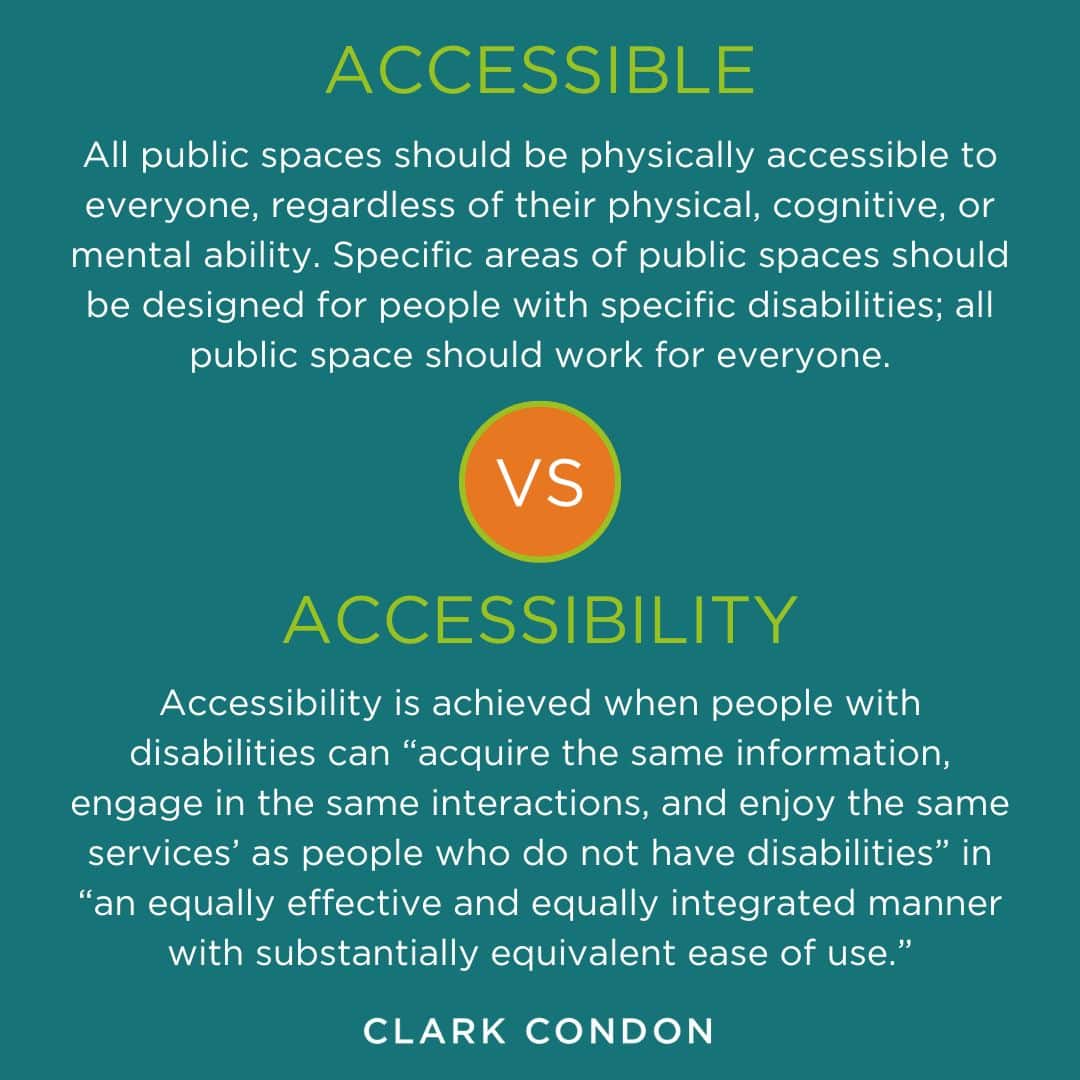
CONCLUSION
The way in which landscape architects can be advocates for people, the environment, and the future of the profession stems from how equitable design is integrated and then engrained in the design firm’s standard practices. Once this concept is woven into the fabric of daily practice, there is proof of empathy towards those for whom places are made. Without these tactics, there is no authentic concern for advancement of equitable practices. It is the rate and depth at which the designers, community members, and stakeholders communicate about equitable design that emphasizes how intentional preparation towards a goal of thoughtful placemaking is valued as a tool and proven as a forethought.


